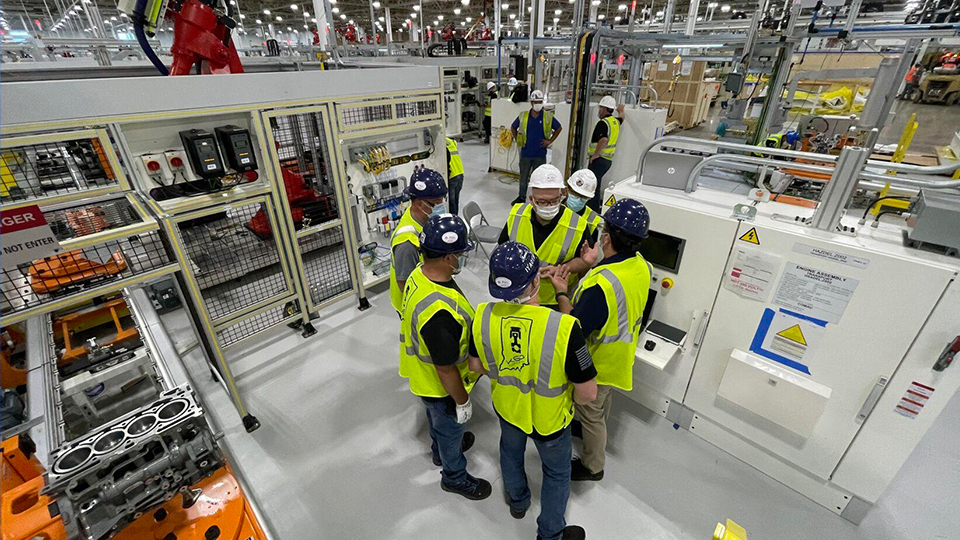Stellantis Making Indiana Announcement; May Be Battery Plant
Subscriber Benefit
As a subscriber you can listen to articles at work, in the car, or while you work out. Subscribe Now
Automaker Stellantis has scheduled an announcement for Tuesday in Kokomo for what could be the company’s second North American electric vehicle battery factory.
The company said it will give an update on the future of its Kokomo operations at an Indiana community college on Tuesday afternoon.
Stellantis, formed last year with the merger of Fiat Chrysler and France’s PSA Peugeot, has said it will build two electric vehicle battery factories in North America. In March it announced plans to spend $4.1 billion in a joint venture with LG Energy Solution of Korea to build one of the plants in Windsor, Ontario. The plant will employ about 2,500 people. The other North American location has not been disclosed.
Company spokeswoman Shawn Morgan would not comment on what will be announced Tuesday in Kokomo.
The world’s fourth-largest automaker has announced plans to sell 5 million electric vehicles by 2030, with 50% of its North American passenger car and light truck sales going fully electric by 2030. Stellantis plans to sell only electric passenger cars in Europe by 2030.
An advisory issued by the company Monday says Stellantis Chief Operating Officer Mark Stewart will attend Tuesday’s ceremony at Ivy Tech Community College in Kokomo, along with Indiana Gov. Eric Holcomb.
Stellantis in October announced plans to spend nearly $230 million to retool three Kokomo-area factories so they can produce transmission systems that work with both traditional gasoline-powered vehicles and gas-electric hybrid versions.
Earlier this year, Stellantis began production at the retooled Kokomo Engine plant. During his 2020 State of the State address, Holcomb announced plans for the automaker to invest $400 million to repurpose the idled transmission plant, which would create 200 jobs and retain 1,000 more.
The facility is now producing the GMET4 engine, which is used to power the Jeep Wrangler and Jeep Cherokee. The Kokomo Tribune reported in March production began with 450 employees, and more would be added as production ramped up.
